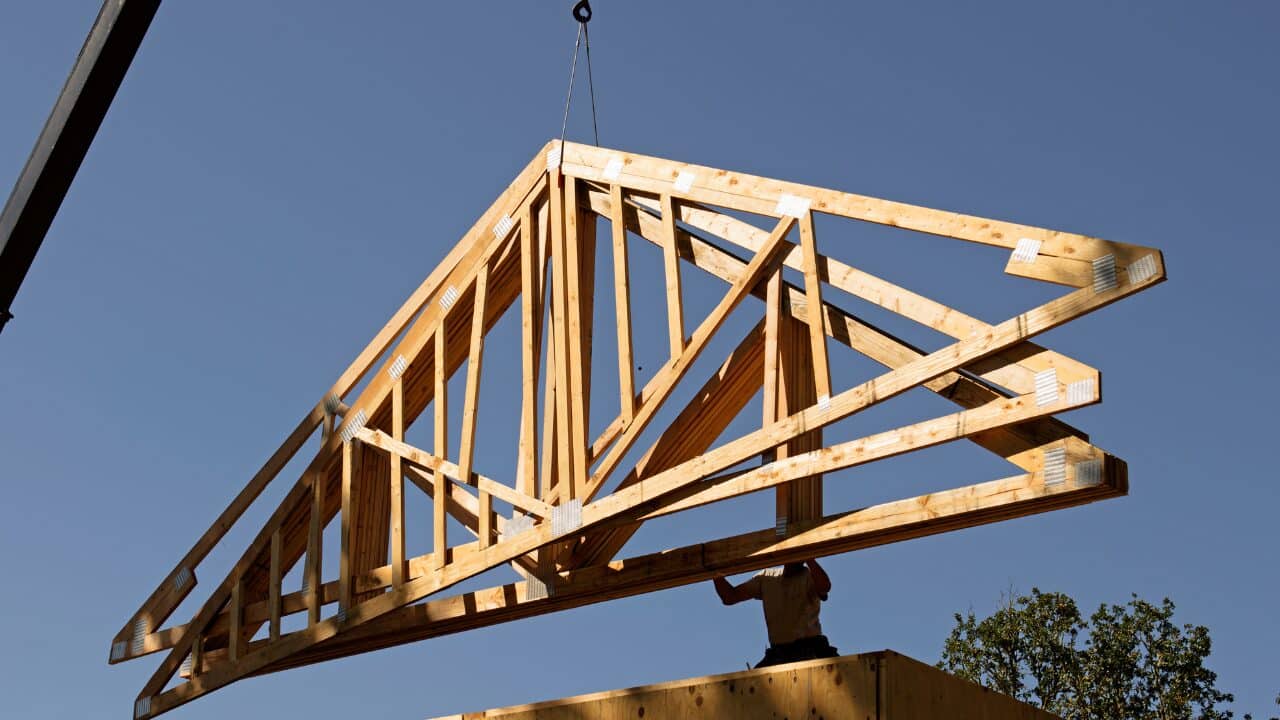Low-pitch roofs are frequent household additions; therefore, having various low-pitch roofing options is more vital than ever to our consumers. There are many other options available for individuals wishing to tile a low pitch roof.
Customers can select the best tiles or alternatives to protect their roof and produce an aesthetically beautiful finish by understanding the range of materials available and the many options.
Low-pitch roofs enable homeowners to use the area to the top of their structures. They also help to save money on heating and cooling. When assessing your low-slope roofing options, consider all possible difficulties and impact damage as variables that might compromise a low-slope roof’s integrity.
Table of Contents
A Low-Pitched Roof: An Overview
The angle Or steepness of the roof bearers from top to bottom is referred to as a roof pitch. The amount of headroom in the area beneath the roof is determined by the roof pitch, though this is more of a consideration when designing a loft conversion or single-story addition.
Roof pitch is defined as your roof’s angle, slope, or slant as measured by the vertical to horizontal ratio.
Why Do You Consider A Low-Pitched Roof?
The pitch of your roof will determine the roofing system and materials you need. Because many roof tiles and slates are inappropriate for usage at minimum pitches, you won’t be able to utilize them all on a low-pitch roof.
Water can run up the tile and onto your breathable and batten if the tile is installed under the minimum pitch. Wet breathable membranes and battens eventually deteriorate, necessitating the replacement of the entire roof.
There are many other benefits of choosing a low-pitched roof. Let’s discuss a few of the main advantages of a low-pitched roof in detail:
Cost-Friendly
A low-pitched roof saves money since it requires fewer materials and requires less labor time. The roof will also be finished sooner, which is advantageous if you have a tight timetable.
Easy To Maintain
Another significant benefit is that tiles and slates used on a low-pitched roof require little maintenance, are strong and resilient, and last for decades. If any tiles are damaged or cracked, they may easily be changed or amended.
So, you won’t have to worry about it after your roof is done. Low-pitched roofs might also appeal to designers and architects with a specific creative vision.
The Types Of Tiles Used On A Low-Pitched Roof
The commonly used tiles for a low-pitched roof are the following:
- Interlocking concrete tiles
- Plain tiles
- Sandtoft tiles
- Concrete pantiles
- Double Roman tiles
- Clay tiles
- Concrete double pantiles
A Few Considerations Before Choosing Tiles For A Low-Pitched Roof
When choosing the roof pitch, there are numerous aspects to consider—the greater the headcap, the lower the pitch. The property’s location and climate are also crucial factors to consider.
Water pools will form on the uneven flat patches or divots of a low-slope roof if sufficient drainage is not provided. Pooling can compromise the roof’s structural integrity, necessitating costly repairs or premature replacement.
After a few hours of accumulation, water must be removed from your roof’s surface to guarantee long-term durability and prevent leaks.
Deal With Thermal Pressure Appropriately
Low-pitch roof shingles must tolerate Freeze-thaw cycles. Thermal splitting can occur due to extreme temperature variations on low-slope roofs. Thermal splitting causes thermal splits, which are cuts that run the length of the shingle.
Roof leaks are caused by thermal cracks, reducing wind resistance and creating leaks. Cracking and roof blistering can all be caused by thermal stress.
Winds Also Have Great Impact On A Low-Pitched Roof
Wind causes wind inflation between the roofing components and wind scouring on low-slope roof shingles due to uplift and downward forces. Rain, hail, ice, and snow are all severely harmed by strong winds.
Foot traffic can cause impact damage to low-pitch roof materials, allowing moisture to penetrate and compromising the roof system and structure’s integrity.
Improper Installation Is The Main Challenge For A Low-Pitched Roof
Water will most likely infiltrate the property if the wrong tiles are utilized if the tiles are put incorrectly. Leaks should be fixed as quickly as possible. You should inspect the roof over time for any damage, such as cracks or missing or damaged tiles, regularly, especially after severe weather.
Always contact a skilled contractor to install the roof and repair any damage; it reduces the danger of shoddy artistry causing difficulties with your low-pitched roof.
Conclusion
The best low pitch roof tiles must protect from moisture, strong winds, and flying debris. Hopefully, this article will help you know about a low-pitched roof, the used tiles for this roof, and the different challenges in detail.
If you still don’t know which tiles are suitable for your low pitch roof, consult professional tile installers for efficient and desired results.





